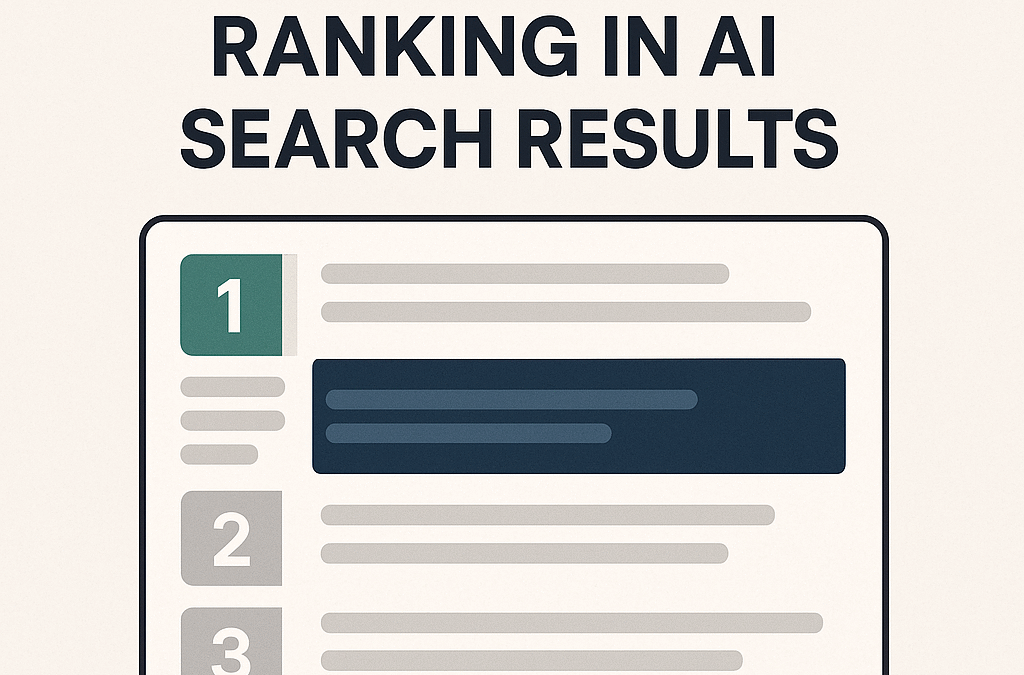Conducting a comprehensive SEO audit for your website is an essential part of any successful digital marketing strategy. A website audit involves evaluating all aspects of your website’s online presence and identifying opportunities to improve your search engine visibility. Here are some key steps to help you conduct a thorough SEO audit for your website:
Technical SEO Audit
The technical aspects of your website play a crucial role in determining its search engine visibility. Conduct a technical SEO audit of your website to evaluate factors such as page speed, mobile responsiveness, website architecture, URL structure, and more. Use tools like Google PageSpeed Insights, GTmetrix, and SEMrush to evaluate your website’s technical SEO performance.
On-Page SEO Audit
On-page optimization refers to optimizing individual web pages to rank higher in search engines and attract more relevant traffic. Evaluate your website’s on-page elements such as title tags, meta descriptions, header tags, keyword usage, content quality, and internal linking structure. Use tools like Screaming Frog, SEMrush, or Ahrefs to crawl your website and evaluate on-page elements.
Off-Page SEO Audit
Off-page SEO includes all the activities that you do outside of your website to improve your search engine rankings, such as link building, social media marketing, and influencer outreach. Review your backlink profile, social media presence, and other off-page factors that impact your website’s search engine visibility.
Keyword Analysis
A thorough keyword analysis is a critical component of an SEO audit. This involves identifying the relevant keywords and phrases for your business and evaluating your website’s ranking for those keywords. Use tools like SEMrush, Ahrefs, or Google Keyword Planner to perform a keyword analysis.
Analytics Data Analysis
Analyzing your website’s analytics data is crucial to identify areas of improvement and track your progress. Review your website’s traffic sources, bounce rate, conversion rate, and other metrics that impact your website’s SEO performance. Use tools like Google Analytics, SEMrush, or Ahrefs to analyze your website’s data.
Action Plan Development
Once you have identified areas for improvement, develop an action plan to address these issues. This may involve technical fixes, content optimization, link building, or other SEO tactics. Create a timeline and prioritize the tasks to ensure that you make progress towards your SEO goals.
By following these steps, you can conduct a comprehensive SEO audit for your website and optimize your site for search engines, leading to more relevant traffic and higher search engine rankings. Remember that SEO is an ongoing process, and you need to regularly monitor your website’s performance and adapt your strategy to stay ahead of your competitors.









